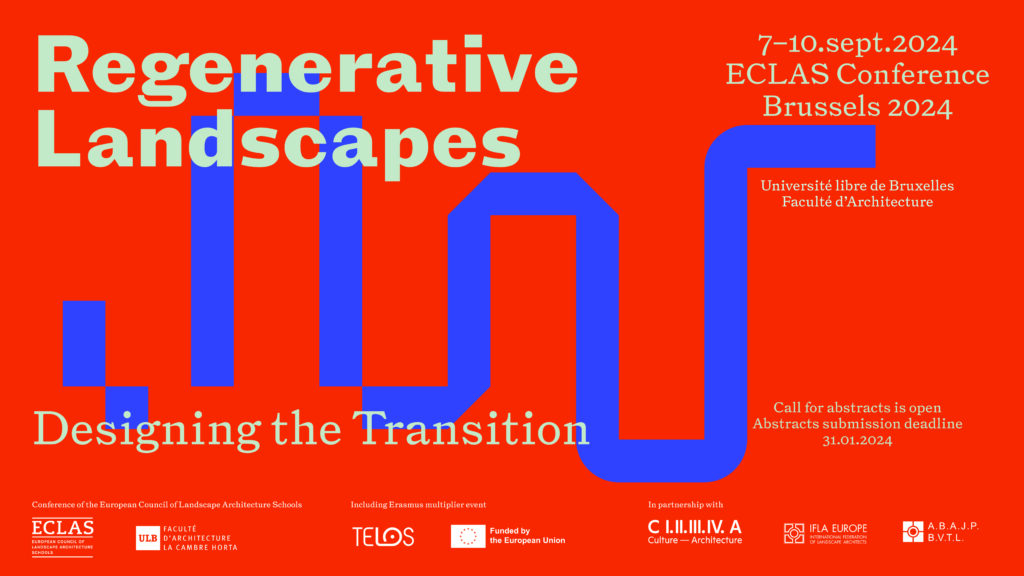J o L A S P E C I A L I S S U E o n
LANDSCAPES FOR
COMPACT CITIES
The compact city form has in the past two decades been actively promoted as a desirable
urban form that influences the economic, environmental, and social performance
of cities, particularly in the context of nudging cities towards achieving a higher level of
urban sustainability. While the exact effect of compact city form on urban sustainabilityis
still debated, its key arguments of higher density, mixed use and proximate development,
and accessibility to public facilities and amenities have been promoted as key
principles to guide urban development by numerous municipalities and international
organizations, including the United Nations, the Organisation for Economic Co-operation
and Development, and the European Union. In this Special Issue of JoLA, we focus
on the role of urban landscapes in the discourse and implementation of the compact
city ideal.
Despite the well-recognized benefits of urban landscapes in diverse areas such as health
promotion, support of biodiversity, and the regulation of the urban climate and hydrology,
there has, surprisingly, been very little written about the relationships, roles, and
designs of urban landscapes in the context of compact cities. Does the compact city
primarily accommodate or exclude urban landscapes? What do current examples tell us?
When these questions are considered against recent concepts such as landscape
urbanism, ecological urbanism, landscapes as infrastructure, etcetera, an even fuzzier
image emerges. How do these concepts complement or contradict the green,
compact city ideal?
We invite critical contributions that discuss these questions, and more. Contributions can
include theoretical discourses, conceptual frameworks, or case studies on the roles of
landscapes in compact cities, focusing on issues of health and well-being, environment,
biodiversity, community relationships, and so forth.
We look forward to receiving thoughtful and thought-provoking articles, submissions
for Under the Sky and Thinking Eye, as well as book reviews for this theme issue. Articles
submissions are limited to 4,000 words, including endnotes and references; Under the
Sky submissions should be limited to 3,000 words, including endnotes and references,
as specified in the instructions to authors: www.tandfonline.com/rjla.
D E A D L I N E 1 M A R C H 2 0 1 8
Questions:
Guest editor, Puay Yok Tan, National University of Singapore
akitpy@nus.edu.sg
JoLA editor, Bianca Maria Rinaldi, Politecnico di Torino
biancamaria.rinaldi@polito.it
Submit: mc.manuscriptcentral.com/rjla
